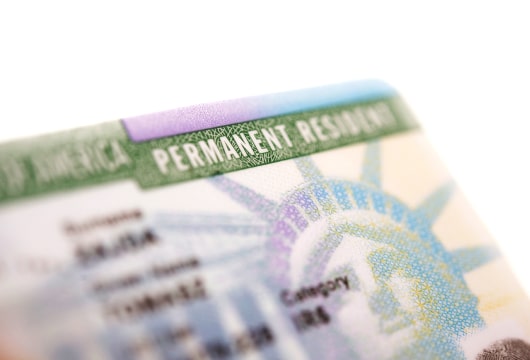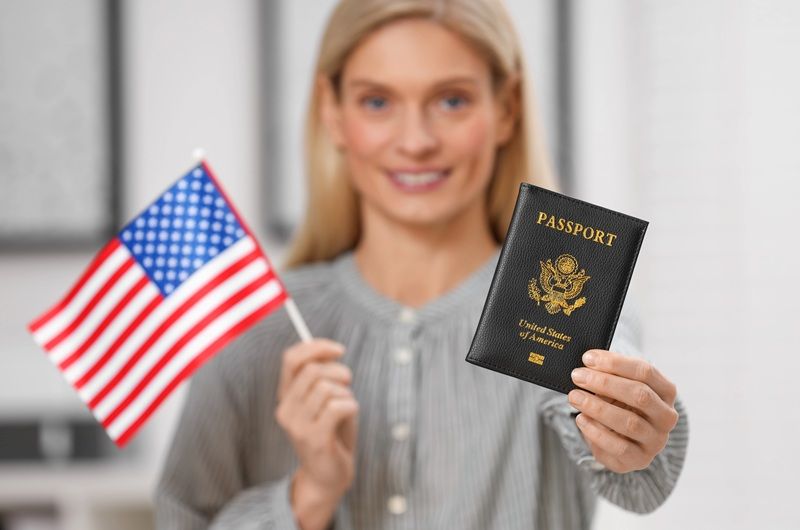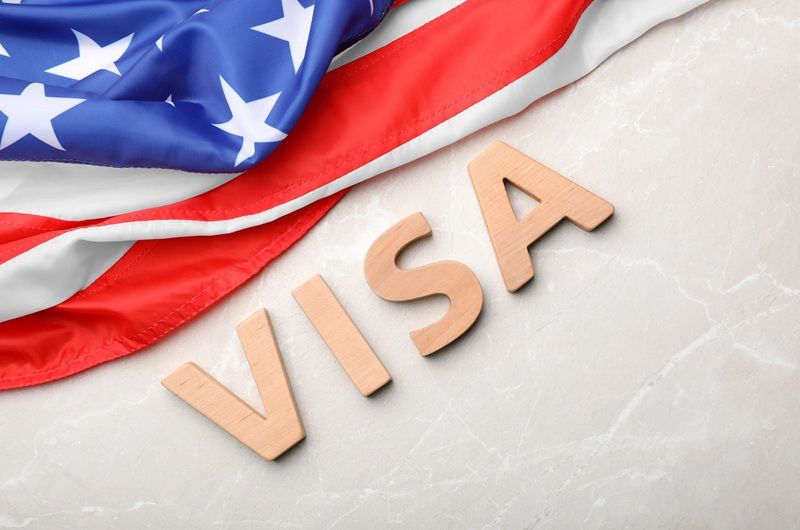What Is A Conditional Permanent Resident?
Being a conditional permanent resident is a unique status granted to certain individuals who obtain a Green Card in the United States. Unlike regular permanent residents, people with this status face additional requirements and conditions that must be addressed within a specific timeframe. Failing to comply with these can jeopardize their permanent resident status and potentially lead to deportation.
In this article, you will dive into removing the conditions attached to this residency status. You will also explore the essential filing requirements that must be met to ensure a smooth and successful transition toward obtaining permanent residency.

Conditional Permanent Residence
It refers to a temporary immigration status granted to individuals who have obtained lawful permanent residency (Green Card) based on a qualifying marriage or entrepreneurial investment.
Removing Permanent Residency Conditions Through Marriage
It is considered conditional if the marriage is less than two years old when they acquired their permanent residence. This condition is imposed to ensure that the marriage is not a fraudulent attempt to circumvent immigration laws.
To remove the conditions on their permanent residency, individuals must file Form I-751, Petition to Remove Conditions on Residence. Generally, the petitioner must file jointly with their U.S. citizen or permanent resident spouse. Sometimes, it comes with a waiver request for joint filing. The eligibility criteria for filing the petition include being married to the same U.S. citizen or permanent resident spouse after two or more years.
There are situations where the joint filing requirement can be waived. For instance, if the petitioner’s spouse has passed away, they can file Form I-751 without their spouse. If the petitioner entered the marriage but ended in divorce due to the other party’s fault, they may qualify for a waiver to file jointly. Additionally, if the petitioner or their child has experienced cruelty or battery from their U.S. citizen or permanent resident spouse, they may be excused from the requirement of filing jointly.
Removing Conditions Through Entrepreneurship
It applies to individuals who obtain conditional permanent residency through investments in new commercial enterprises as foreign investors, typically through the EB-5 program. They also have a two-year validity period for their status. Similar to marriage-based conditional residency, they must file a petition to remove the conditions on their permanent residence. They must do it within 90 days before the expiration of the two-year period. Or they should do it before admission to the United States as a conditional permanent resident.
To remove the conditions on their permanent residency obtained through entrepreneurship, individuals must file Form I-829. It is called a Petition by Investor to Remove Conditions on Permanent Resident Status. This filing requires the submission of supporting evidence, such as business licenses, invoices, receipts, contracts, bank statements, tax returns, and income tax statements. Additionally, proof of job creation, such as payroll records and Form I-9 for employees, is required. Doing so can demonstrate compliance with the job creation requirements of the EB-5 program.
Filing For Removal
Filing for removal of conditions on conditional permanent residence involves the completion of Form I-751 for marriage-based and Form I-829 for entrepreneurship-based residency. Form I-751 is essential for individuals who obtain their permanent residency through marriage. It allows them to demonstrate the legitimacy of their relationship and request the removal of conditions.
Accuracy and completeness are crucial when completing this form and providing supporting documentation. Throughout the filing process, applicants can expect updates and notices from USCIS, such as receipt notices and biometric services appointments.
On the other hand, Form I-829 is specific to those who acquired conditional residence through entrepreneurship. It requires comprehensive documentation of business activities and job creation. Failing to file these forms or filing late can result in losing lawful residency status. It emphasizes the importance of adhering to the requirements and deadlines. Understanding these processes enables individuals to navigate the path toward securing their permanent residency in the United States.
How Can An Immigration Lawyer Help?
An immigration lawyer can provide invaluable assistance for conditional permanent residents. They offer sound advice on filing requirements, assist with document preparation, and advocate for clients.
With their knowledge of immigration laws and regulations, they can navigate complexities, address challenges, and increase the likelihood of a successful outcome. Seeking the help of an immigration lawyer ensures individuals have the guidance and support they need to navigate the process effectively.
This residency status is granted to individuals who obtain a Green Card in the United States. In certain instances, it comes with additional requirements and conditions that must be addressed within a specific timeframe to maintain permanent resident status and avoid deportation. This article explores the crucial aspect of removing the conditions attached to conditional permanent residency. It discusses the filing requirements and processes for both marriage-based and entrepreneurship-based residency. It includes the necessary forms to be filed (Form I-751 and Form I-829).
Additionally, it highlights the importance of seeking the assistance of an immigration lawyer who can provide quality legal advice. With their knowledge and experience, immigration attorneys can help individuals navigate the complexities and meet the filing requirements.
Contact A U.S. Immigration Attorney Today!
Categories
How To Find Us
What Our Clients Say
“This Lawfirm is great, very professional and helpful. I love that they are always in communication and always available for when you have questions . 100% recommended by me and my family. Thank you Lincoln-Goldfinch Law – Abogados de Inmigración”





